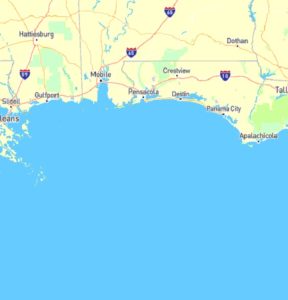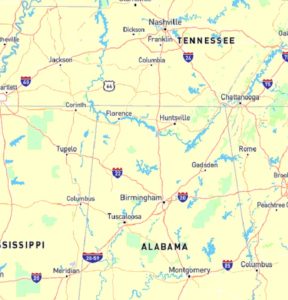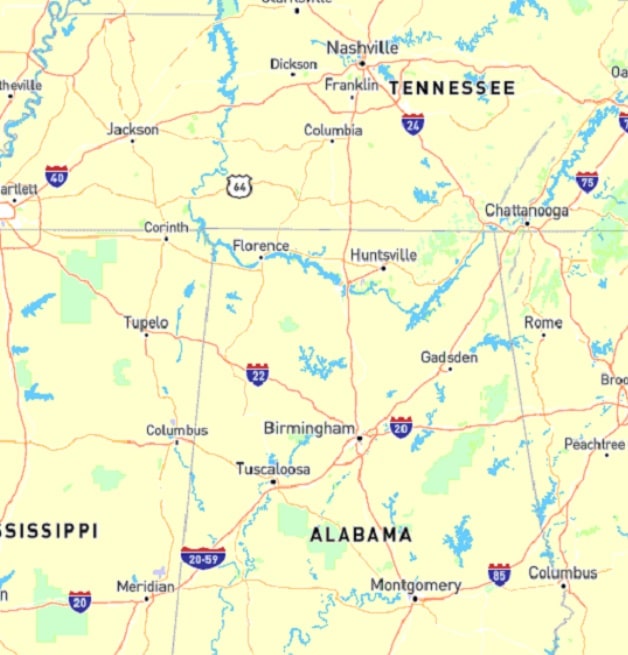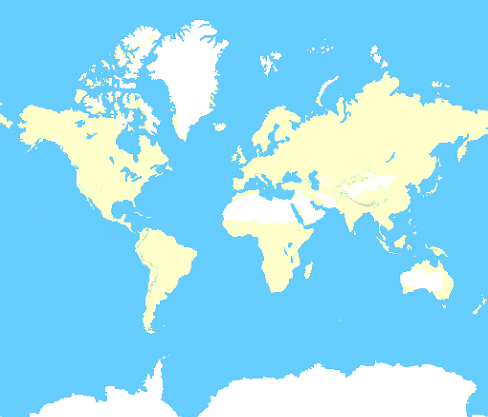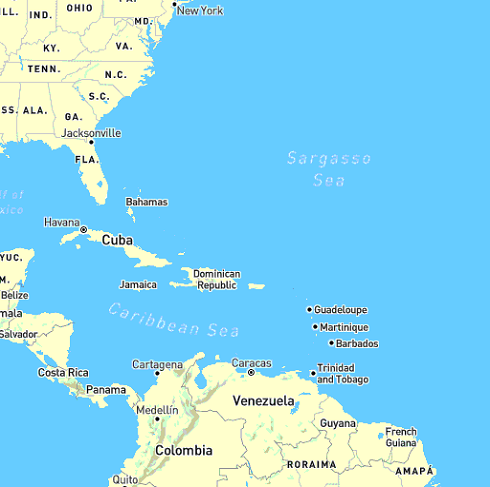Mobile, Alabama vs Tuscaloosa, Alabama Population and Size Compared
Mobile and Tuscaloosa are two significant cities in Alabama, each with its own unique characteristics, culture, and community offerings. While both cities contribute greatly to the state’s identity, they differ in terms of size, population, and overall atmosphere. This article provides a comprehensive comparison of Mobile and Tuscaloosa, examining various aspects to help residents and visitors better understand these two vibrant cities.
Geographic Overview
Mobile, Alabama
- Location: Mobile is located in the southwestern part of Alabama, along the Mobile River, which flows into Mobile Bay and ultimately into the Gulf of Mexico. It serves as the county seat of Mobile County.
- Area: Mobile covers an area of approximately 139.5 square miles (361.5 km²), making it one of the largest cities in Alabama in terms of land area.
- Topography: The city has a diverse landscape, including waterfront areas, parks, and urban spaces, contributing to its scenic beauty and recreational opportunities.
Tuscaloosa, Alabama
- Location: Tuscaloosa is situated in west-central Alabama, along the banks of the Black Warrior River. It serves as the county seat of Tuscaloosa County.
- Area: Tuscaloosa covers an area of approximately 60.0 square miles (155.4 km²). This size allows for a mix of urban and suburban environments, with significant green spaces and parks.
- Topography: The city features a relatively flat landscape, with the Black Warrior River playing a crucial role in its geographical identity and recreational opportunities.
Size Comparison
In terms of area, Mobile is significantly larger, covering approximately 139.5 square miles, compared to Tuscaloosa’s 60.0 square miles. This size difference allows Mobile to offer a more extensive urban landscape and waterfront attractions.
Population Statistics
Mobile
- Population: According to the 2020 Census, Mobile had a population of approximately 187,000 residents, making it one of the largest cities in Alabama. The city has a diverse demographic and has seen fluctuations in population over the years.
- Demographics: Mobile’s population is characterized by a mix of cultures, with influences from its historical roots as a port city. The community includes families, students, and professionals.
Tuscaloosa
- Population: As of the 2020 Census, Tuscaloosa had a population of around 101,000 residents. The city has experienced steady growth, largely due to its educational institutions and economic opportunities.
- Demographics: Tuscaloosa is known for its diverse population, including students, families, and professionals. The presence of the University of Alabama significantly influences the demographic makeup, bringing in a substantial student population.
Population Comparison
Mobile has a significantly larger population, with approximately 187,000 residents, compared to Tuscaloosa’s 101,000. This population difference reflects Mobile’s status as a major urban center in Alabama, with a more extensive economic and cultural landscape.
Historical Context
Mobile
- Establishment: Mobile was established in 1702, making it one of the oldest cities in Alabama. Its rich history includes periods of French, Spanish, and American rule, contributing to its diverse cultural heritage.
- Economic Development: As a historic port city, Mobile has been a center for trade and commerce for centuries. Its economy has evolved to include shipbuilding, aerospace, and various manufacturing sectors.
Tuscaloosa
- Establishment: Tuscaloosa was established in 1819 and served as the state capital from 1826 to 1846. The city has a rich history tied closely to the development of Alabama.
- Economic Development: Historically, Tuscaloosa has been a center for education and commerce, with the presence of the University of Alabama shaping its economy and culture.
Educational Opportunities
Mobile
- Schools: Mobile is served by the Mobile County Public Schools, which includes several elementary, middle, and high schools. The district is known for its commitment to improving educational outcomes and offering diverse programs.
- Higher Education: Mobile hosts several higher education institutions, including the University of South Alabama, which offers a wide range of undergraduate and graduate programs.
Tuscaloosa
- Schools: Tuscaloosa is served by the Tuscaloosa City Schools and Tuscaloosa County Schools, which include several schools known for their academic performance and extracurricular activities.
- Higher Education: The University of Alabama, located in Tuscaloosa, is a significant presence in the city, offering numerous undergraduate and graduate programs and contributing to the city’s economy and cultural vibrancy.
Economic Conditions
Mobile
- Economy: Mobile’s economy is diverse, with major industries including shipping, aerospace, healthcare, and manufacturing. The city benefits from its strategic location as a port, providing opportunities for trade and commerce.
- Job Market: The job market in Mobile offers various employment opportunities, particularly in the aerospace and maritime sectors, making it an attractive destination for job seekers.
Tuscaloosa
- Economy: Tuscaloosa has a diverse economy, heavily influenced by the University of Alabama, healthcare, manufacturing, and retail sectors. The university provides stability and growth opportunities for the local economy.
- Job Market: The job market in Tuscaloosa offers various employment options, particularly in education, healthcare, and retail, making it a favorable destination for job seekers.
Community Life and Culture
Mobile
- Community Events: Mobile is known for its vibrant cultural scene, hosting events like Mardi Gras, festivals, and art shows that celebrate the city’s rich history and diversity.
- Parks and Recreation: The city features numerous parks, waterfront areas, and recreational facilities, providing residents with ample opportunities for outdoor activities and leisure.
Tuscaloosa
- Community Events: Tuscaloosa hosts various community events throughout the year, including cultural festivals, sporting events, and community gatherings that foster a strong sense of community.
- Parks and Recreation: The city has numerous parks, recreational facilities, and trails, providing residents ample opportunities for outdoor activities and leisure.
Transportation
Mobile
- Transportation Network: Mobile has a well-developed transportation infrastructure, including major highways like Interstate 10 and Interstate 65. Public transportation options are available, primarily serving local needs.
- Commute: Many residents commute within the city and to surrounding areas for work, and the city’s layout allows for easy navigation and access to amenities.
Tuscaloosa
- Transportation Network: Tuscaloosa has a transportation network that includes access to major highways, including Interstate 20/59. Public transportation options are available through local services.
- Commute: The city’s infrastructure supports commuting to nearby areas for work, and its layout allows for convenient navigation and access to amenities.
Conclusion
In conclusion, Mobile and Tuscaloosa are two dynamic cities in Alabama, each offering unique characteristics and opportunities. Mobile is known for its larger size, diverse economy, and vibrant cultural scene, while Tuscaloosa is recognized for its educational opportunities and strong sense of community.
Both cities provide a range of amenities, educational opportunities, and community engagement options for residents. Understanding their differences and similarities can help individuals make informed decisions about where to live, work, and explore.
Whether one is drawn to Mobile’s rich history and economic opportunities or Tuscaloosa’s academic environment and community spirit, both cities offer valuable experiences for those seeking to establish their lives in Alabama.
Mobile, Alabama vs Tuscaloosa, Alabama Map
Check out the map below to see where these cities are located, and click on the pins to see their populations.
